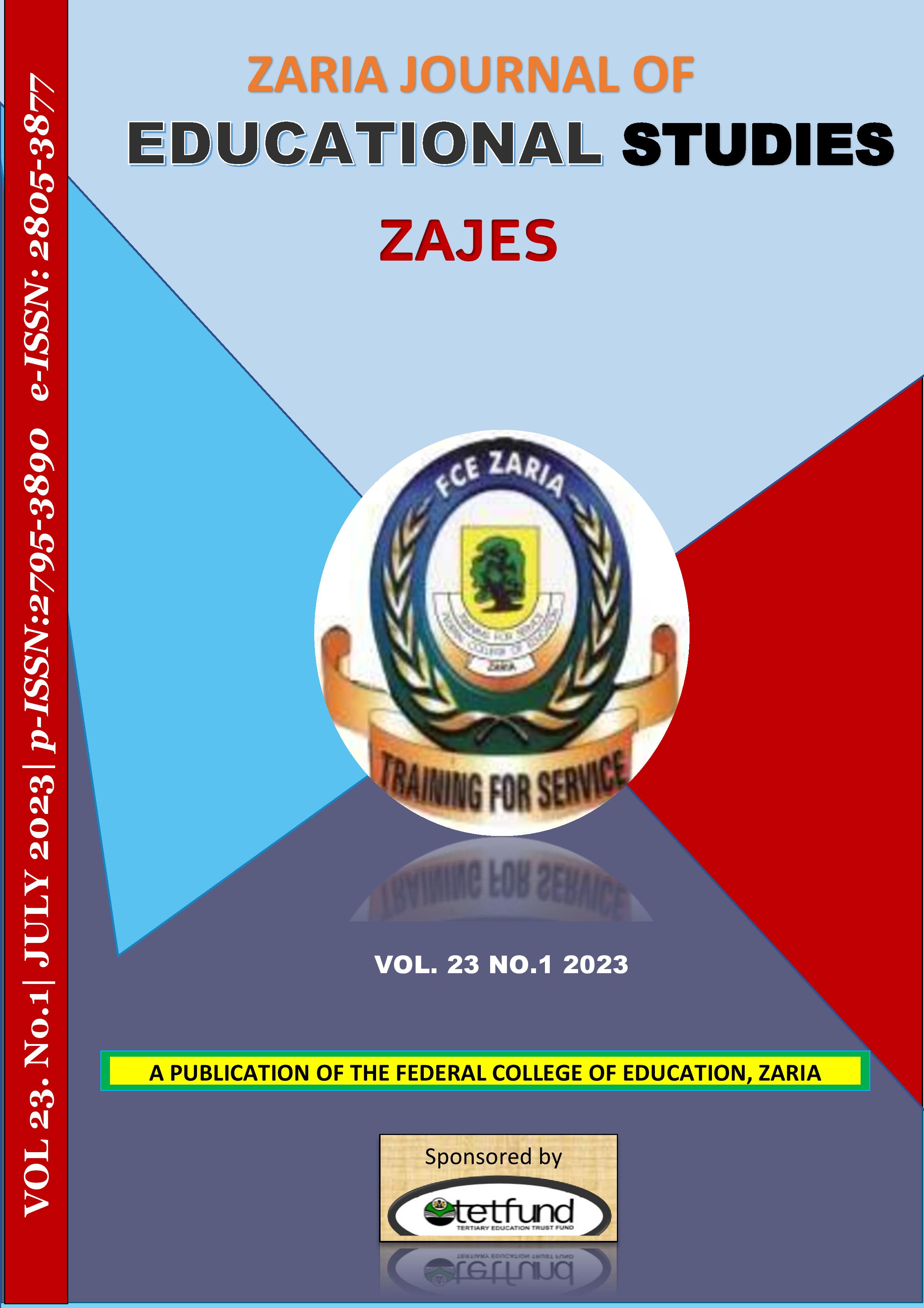Multidimensional Poverty in Northern Nigeria: Zaynab Alkali’s Invisible Borders as an Extrapolative Treatise on Girl Child Education
Keywords:
Maslow’s Hierarchy of Needs, Multidimensional Poverty, Female Literacy, Girl Child EducationAbstract
With the rise in the number of Nigerians living in Multidimensional Poverty, it becomes imperative to project the progression of female literacy in Northern Nigeria. The girl child is encumbered with inimical constraints which impedes her access to formal education. Historicizing Alkali’s Invisible Borders which captures the tenacity of a young northern female seeking to acquire formal education at all costs; this work attempted to examine the damaging outcomes and academic setbacks owing to multidimensional poverty to the girl child in Northern Nigeria. Using scholarly findings of previous research as primary and secondary literature, this article evaluated the gap in female literacy in Northern Nigeria. Abraham Maslow’s Hierarchy of Needs and Marxist Feminist theories were employed to examine where literacy fits into the Needs of a girl child from Northern Nigeria domesticated specifically for the purpose of earning and saving income, and how her patriarchal environment impedes these Needs under the yoke of capitalism. Ultimately, the Nigerian government should review economic and academic policies and, the Child Rights Act to eradicate poverty, especially in the North, to accommodate the girl child with regard to access to formal/inclusive education.

